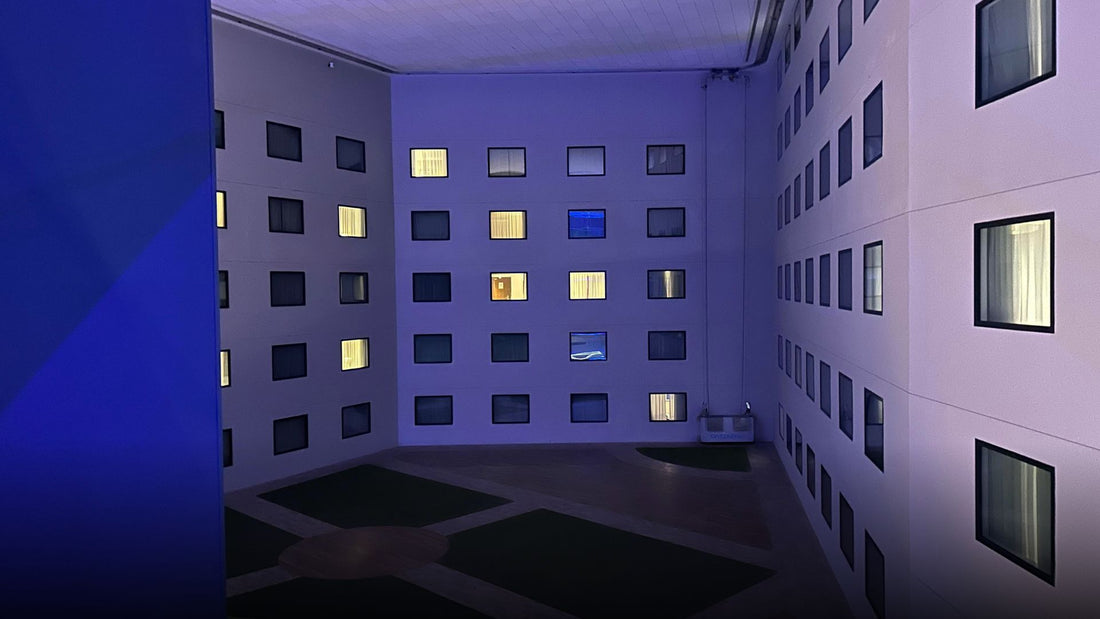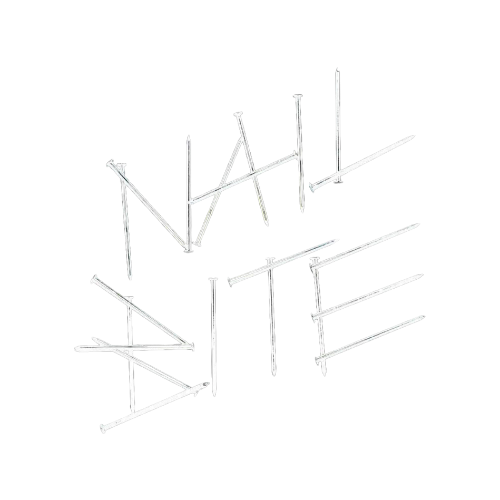
What Is Liminal Space? Weirdcore, The Backrooms, and Nostalgia
Share
Liminal spaces have become a fascination for internet communities, artists, and cultural analysts alike, sparking intrigue with their eerie and often dreamlike visuals. But what exactly is a liminal space, and why has it evolved into trends like Weirdcore imagery and The Backrooms? Here, we’ll explore what defines liminality, its connection to psychological experiences, and how it has shaped internet aesthetics.
Understanding Liminal Spaces
Liminal comes from the Latin word “limen,” meaning threshold. It represents a place of transition, often captured through spaces that feel unsettling or nostalgic. Liminal spaces can be physical, emotional, or psychological. Picture an empty school hallway at night, a quiet airport terminal at 3 a.m., or a nearly deserted mall from decades past—these in-between locations evoke a strange, haunting sense of transition.
Liminal spaces are powerful because they often evoke nostalgia or a feeling of being unanchored. They remind us of moments of change—times when the old has been left behind but the new hasn’t fully arrived. These spaces can evoke memories, create unease, or even trigger feelings of being trapped within an unknown loop of reality.
Liminal Spaces in Visual Culture

The concept of liminal space was popularized across digital platforms like Reddit, Tumblr, and image boards, sparking subcultures like Weirdcore and inspiring the creation of spaces like The Backrooms. The visual language of liminality often emphasizes:
• Empty spaces devoid of people
• Familiarity mixed with surrealism
• Artificial lighting (e.g., fluorescent lights casting cold, harsh glows)
• Mid-90s to early-2000s aesthetics that bring nostalgia for childhood memories
People feel both drawn to and repelled by these spaces, reflecting their complex psychological impact.
What Is Weirdcore? Exploring a Subgenre of Liminality

Weirdcore takes the concept of liminality and infuses it with a surreal, unsettling aesthetic, characterized by low-quality, dreamlike images. These visuals often feel glitchy, distorted, and strangely nostalgic. Unlike traditional liminal spaces that evoke a quiet eeriness, Weirdcore actively unsettles the viewer, sometimes through the use of text overlays or distorted audio. The core themes include:
• Nostalgia and Fragmented Memories
Weirdcore often taps into memories of early internet usage, outdated software, and 90s/2000s aesthetics. This connection with retro visuals creates a unique sense of nostalgia—familiar but not quite right.
• Reality Distortion
Images might depict warped versions of familiar objects or locations, blending familiarity and uncanny strangeness.
• Internet Subculture
Weirdcore has grown on platforms like TikTok and Instagram, becoming an easily recognizable aesthetic trend thanks to its share-ability and how it evoke’s strong emotional reactions.
Weirdcore has become so popular that there is a weirdcore music genre; often recognized by unconventional lyrics, reverbed synths, and dream-like atmospheres. The genre may use unorthodox chord/vocal progressions and intentionally “weird” instrumentals.
The Backrooms: A Modern Liminal Space Horror

Perhaps no other internet phenomenon embodies liminality better than The Backrooms. It was first popularized as a creepypasta post in 2019, before going viral in 2022 after YouTuber Kane Pixels started his unsettlingly life-like animated video series that explored The Backrooms with the most detailed visuals to date. The Backrooms depicts a maze of unsettling yellow hallways, stained carpets, and a droning fluorescent hum—a reality detached from time and space. It is described as a place you might “slip” into when reality glitches. The phrase “noclipping out of bounds,” derived from video game terminology, fits well with The Backrooms’ concept of a hidden level of existence.
The Backrooms have evolved beyond a single story, turning into an entire genre of horror fiction. Artists, writers, and game developers have expanded its lore, introducing different levels with unique dangers and environments. Here’s what makes The Backrooms stand out:
- The Element of Fear: Unlike traditional liminal spaces that evoke mild unease, The Backrooms capitalize on claustrophobic fear, dread, and being trapped in a surreal maze with malevolent entities lurking around.
- Endless Nostalgia: The specific look and feel of The Backrooms are deliberately designed to evoke the familiar aesthetics of outdated commercial buildings, reflecting a strange version of reality many can relate to. The repetition of old office furniture, dingy wallpapers, and buzzing lights taps into a subconscious fear of being stuck somewhere familiar but warped.
- Unending Mazes: Perhaps the most terrifying concept of The Backrooms is the never-ending corridors with the unknown lurking just around the corner. The idea of a normal person spontaneously finding themselves in an unending labyrinth that is impossible to navigate is one of the scariest parts of The Backrooms.
Why Are Liminal Spaces and Their Subgenres So Popular?
The popularity of liminal spaces, Weirdcore, and The Backrooms can be attributed to human psychology. Our brains recognize these transitional spaces, making them unforgettable and occasionally disturbing. They highlight how we process change, nostalgia, and anxiety. This, combined with the growth of online communities, has propelled liminal aesthetics into mainstream culture.
Key Reasons Behind Their Appeal:
• Cultural Nostalgia: With the internet being a trove of retro media and childhood memories, liminal spaces represent an intersection of the past and the present, feeding into feelings of nostalgia.
• Connection to Personal Anxiety: Many individuals feel isolated, between stages of life, or disconnected—experiences directly mirrored in liminal aesthetics. This makes the imagery all the more resonant.
• Digital Share-ability: Social media platforms share liminal content quickly. The visuals often evoke powerful emotional responses in viewers, leading to images often going viral.
The Evolution of Liminal Spaces in Modern Media
Liminal spaces, Weirdcore, and The Backrooms are becoming fixtures in media and art. Artists incorporate these aesthetics into video games, films, and online content to craft unique emotional experiences. For instance, many independent game developers have built Backrooms games, where players must escape from labyrinthine levels, and reportedly an official Backrooms movie is in development currently.
Conclusion
Liminal spaces, Weirdcore, and The Backrooms offer a fascinating glimpse into the human psyche, nostalgia, and our fears of the unknown. While they may begin as simple images, these subcultures reflect a deeper connection to how we perceive change, isolation, and time. The next time you spot an empty hallway or a warped version of your childhood bedroom, remember: you’re stepping into a liminal space, a glimpse of reality’s eerie transitional moments.
Nail Bite released the official music video for the song “Endless” which mixes Backrooms inspired visuals with weirdcore and heavy metal, you can watch the music video below.
